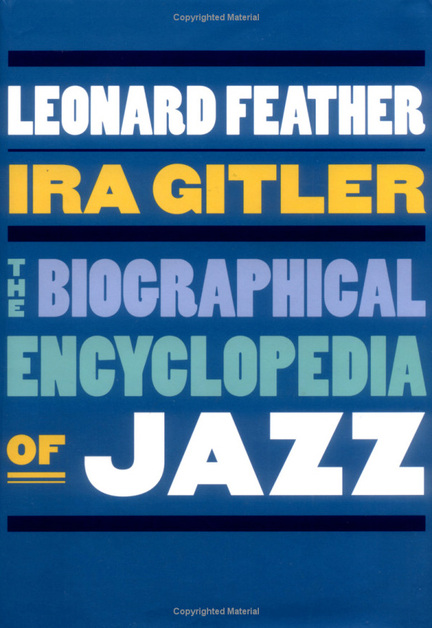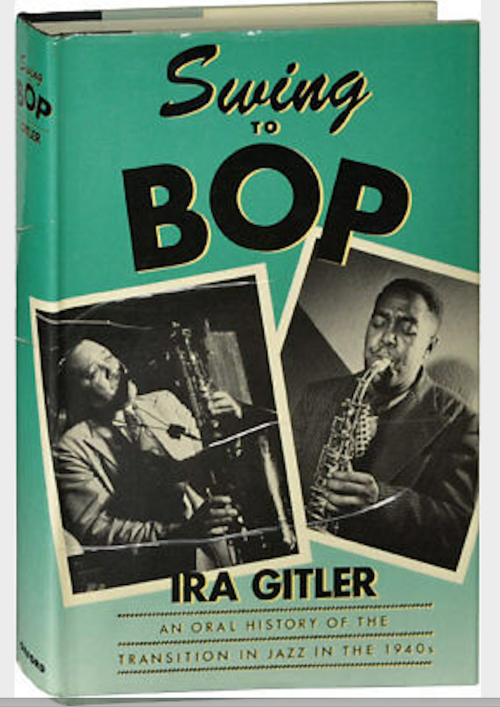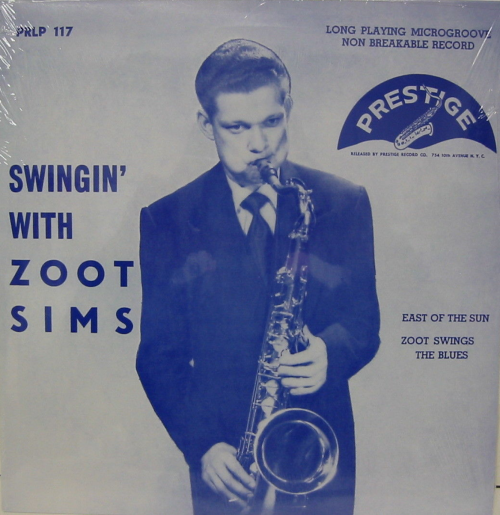Ira Gitler, a jazz author, critic and producer who was an intimate eyewitness to post-war jazz and whose prolific liner notes starting in the early 1950s appeared on more albums than most jazz musicians recorded, died on Feb. 23. He was 90.
Remembering Ira Gitler, a scholar of post-war jazz
Gitler was perhaps best known for writing Leonard Feather’s Encyclopedia of Jazz volumes starting in the 1950s. Each musician entry was concise and, at one point, included the addresses of the artists, presumably so that musicians, record companies and clubs could find them for work. If fans reached out occasionally using those addresses, all the better. Gitler was also the author of Swing to Bop: An Oral History of the Transition in Jazz in the 1940s, Jazz Masters of the Forties and The Masters of Bebop: A Listener’s Guide.


Among those books, Swing to Bop remains one of the most important and comprehensive books on the bebop revolution of the 1940s. The exhaustive and entertaining history published in 1985 is noteworthy for explaining jazz’s shift from swing in the ’30s and early ’40s to bop in the late ’40s in musicians’ own words.

Gitler’s liner notes grace hundreds of albums over a period of more than 60 years, from Prestige’s Swingin’ with Zoot Sims in 1951 to Uptown’s two-CD Chubby Jackson set, New York City 1949: Ooh, What an Outfit! in 2014. Unlike other writers’ liner notes of the era, Gitler’s essays weren’t scholarly or slick. Instead, they were more emotional and expressive and often included a pun or two. What they lacked in magazine-style polish they more than made up for in first-hand knowledge and close friendships with his subjects. Gitler spoke the language of jazz musicians because he knew the nocturnal world intimately, both as a recording supervisor and an admirer.

Gitler let his feelings guide his writing. In his liner notes to John Coltrane’s Soultrane in 1958, Gitler came up with a phrase to describe the tenor saxophonist’s cascading lines: “Red [Garland] begins Russian Lullaby with an out-of-tempo introduction before Trane comes ripping in… Trane’s ‘sheets of sound,’ which he has put to wider use, are demonstrated in the beginning of the tag.”
“Sheets of sound” would become the best and most colourful description of Coltrane’s saxophone attack.

Gitler and I spoke often from the inception of JazzWax in 2007. I treasured his long calls and recollections as well as his praise and insights, which were motivating. Gitler and Nat Hentoff were the jazz writers I read most while studying the backs of jazz album jackets in the late ’60s and the ’70s. Both writers became passionate JazzWax readers and friends, a dream come true for me.
I interviewed Gitler on several occasions over the years (see the right-hand column of JazzWax for his interview entries) and quoted him extensively in my book, Why Jazz Happened (2012). Gitler also graciously interviewed me during a Barnes & Noble talk when my book came out. My only wish is that he would have let me interview him before he took ill in 2014, a request he repeatedly dodged because he said he was working on his memoir.
Here are tracks that Gitler said were among his favourites (there are plenty of others).
Here’s Chubby Jackson’s Father Knickerbopper.
Here’s ‘Round Midnight in 1953 featuring Miles Davis (trumpet), Charlie Parker and Sonny Rollins (tenor saxophone), Walter Bishop (piano), Percy Heath (bass) and Philly Joe Jones (drums). Gitler supervised the recording session.
Here’s Sonny Rollins and Thelonious Monk playing The Way You Look Tonight in 1954, a session Gitler supervised.
Here’s John Coltrane’s Russian Lullaby.
Here’s Dan Morgenstern and me explaining the accident that led to Zoot Swings the Blues, a critical 1951 session that Gitler supervised.
Here’s Gitler explaining how ‘Round Midnight made it onto the album in 1953.